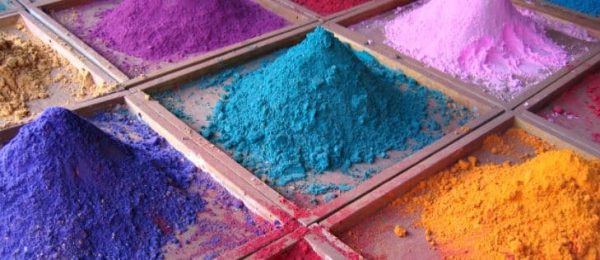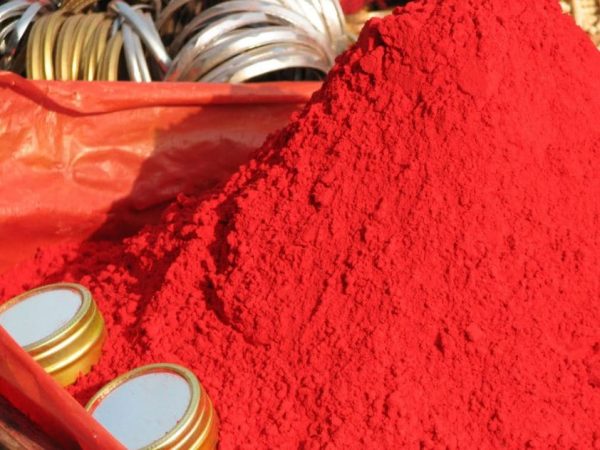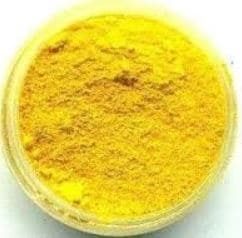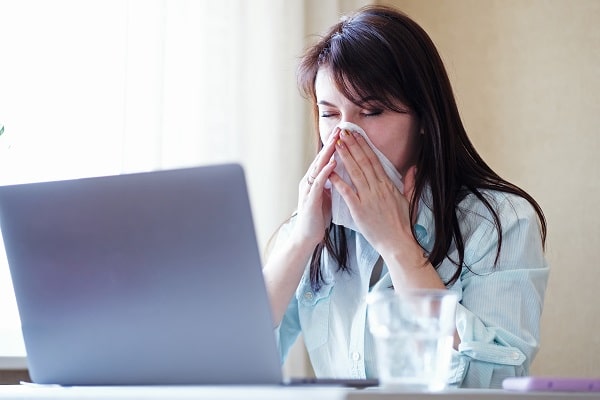Candies, carbonated beverages, and bakery items all have vibrant colors, thanks to artificial food colors. They’re even in several pickles, smoked salmon, and salad dressing brands, as well as some pharmaceuticals. The use of synthetic food colors has surged by 500 percent in the previous 50 years, with children being the primary consumer.
Artificial colors, it has been said, create significant adverse effects such as hyperactivity in children, cancers, and food intolerances. The matter is divisive, and there are many differing viewpoints on the safety of artificial food colors.
This article can help readers distinguish between facts and fiction.
Contents
- What Are Synthetic Dyes?
- Artificial Colors Currently Used In Food
- Blue No. 1 (Brilliant Blue)
- Blue No. 2 (Indigo Carmine)
- Red No. 3 (Erythrosine)
- Red No. 40 (Allura Red)
- Yellow No. 5 (Tartrazine)
- Yellow No. 6 (Sunset Yellow)
- Why Are Artificial Colors Bad For You?
- Maximize Inflammatory Diseases And Interrupts Body’s Immune Operation
- Encompass Poisonous Toxicants Which Increase The Risk Of Cancer
- May Result In The Development Of Cancerous Tumor Cells
- Induce Heightened Sensitivity In Children
- Artificial Food Colors Have Many Other Detrimental Health Effects
- Conclusion
- Related
What Are Synthetic Dyes?

The FDA defines a color additive as “any ingredient that contributes color to a food item, medicine, cosmetic, or the human body.” However, a crucial detail is missing from this definition:
Artificial food colors are complicated compounds manufactured by humans which were once created from coal tar but are now produced from petroleum. Petroleum is a type of crude oil used to manufacture gasoline, diesel fuel, asphalt (the sticky black substance used to build driveways), and plastic. Doesn’t it sound delicious?
Artificial Colors Currently Used In Food
The following synthetic colors are approved by the FDA, regardless of the health concerns they carry;
Blue No. 1 (Brilliant Blue)

Ice cream, dairy items, beverages, canned, processed peas, and confectionery employ this Food Drugs & Cosmetic Dyes color. This is also used in detergent, conditioners, and makeup as a coloring agent.
Blue No. 2 (Indigo Carmine)

It is a dark blue or “Royal blue” synthetic food colorant (or artificial color) used in baked products, cereals, confectionery, ice cream, and candies.
Red No. 3 (Erythrosine)

It’s a cherry-pink-colored synthetic dye. Cake designing cream, candy, and ice lollies, among other delicacies, are dyed with it.
Red No. 40 (Allura Red)

Cereals, drinks, gelatins, pies, dairy products, desserts, powder mixes, garnishes, jellies, seasonings, dressings, condiments, baked goods, and confectionaries all contain this ingredient. It’s also used in the pharmaceutical industry.
Yellow No. 5 (Tartrazine)

The FDA-approved color FD&C Yellow No. 5 is often used to color pharmaceuticals, pills, capsules, supplements, and antacids. Yellow No. 5, often known as tartrazine, is an azo dye that gives foods, medicines, and beauty products a lime tint.
Yellow No. 6 (Sunset Yellow)

It’s a reddish-yellow synthetic food colorant used to tint drinks, cereals, baked products, confectionaries, and ice cream.
Why Are Artificial Colors Bad For You?
Maximize Inflammatory Diseases And Interrupts Body’s Immune Operation

Meals containing artificial colors can trigger an allergic reaction in the body, prompting the immune system to become activated (increases the number of white blood cells entering the bloodstream).
Synthetic pigments are made up of tiny compounds that can connect to proteins in our bodies. This might cause immune system problems since the immune system has a hard time defending the body against them.
Encompass Poisonous Toxicants Which Increase The Risk Of Cancer

Proven carcinogens or cancer-causing chemicals, such as 4-aminobiphenyl, 4-aminoazobenzene, and benzidine, are found in some of the most frequently consumed colorants (Red 40, Yellow 5, and Yellow 6). These toxins are prevalent in colorings in “safe” quantities, according to the FDA.
Red 3 was discovered to be an animal carcinogen in 1990, but it is still authorized to be used in our cuisine for some unknown reason.
May Result In The Development Of Cancerous Tumor Cells

Several kinds of cancer have been associated with some of the most prevalently utilized food colors:
-
- Citrus Red 2 induced bladder and other tumors in mice, while it caused bladder tumors in rats.
- Red 3 produced thyroid cancers in rats.
- Blue 2 has been linked to cancers in the brain and bladder in mice.
- Red 40 has been shown to generate reticuloendothelial tumors (immune system cells disseminated across the liver, heart, and systemic circulation)
- Yellow 6 has been linked to cancers of the adrenal and testicles in rats.
Induce Heightened Sensitivity In Children

-
- Red 40 has been proven to cause hypersensitivity in children.
- Yellow 5 has been related to hyperactivity, hypersensitivity, and other adverse behavioral impacts in children.
- Artificial food colors have been proven in studies to increase attention-related illnesses and other behavioral issues in children when removed from their diets.
Artificial Food Colors Have Many Other Detrimental Health Effects

-
- They have a damaging impact on the liver and other vital organs.
- An interruption within digestive enzymes produced by our systems to aid in the appropriate digestion of the food we eat
- Intestinal permeability, sometimes known as “leaky gut,” increases.
When artificial food colors and preservatives were removed from a short trial, 73 percent of children with ADHD exhibited a reduction in symptoms.
In yet another study, artificial food colors, coupled with sodium benzoate, were found to enhance restlessness in both 3-year-olds and a set of 8- and 9-year-olds.
Tartrazine, often referred to as Yellow 5, has already been linked to changes in behavior such as impatience, anxiety, sadness, and sleeplessness.
Furthermore, taste perception can also be influenced by food appearances. Individuals in one experiment who were given various hues of red sugar water indicated that the dark red beverages tasted sweeter than the light red drinks. Specific artificial food colors have conditioned us to expect certain outcomes.
Conclusion
Since so much of the research and proof for carcinogenic effects, teratogenic effects, and hypersensitivity is insufficient, and colors do not increase food quality and safety or nutritional value, all presently used pigments should indeed be eliminated from the food production and substituted, if at all, with healthier colors.
It is suggested that government regulators make for better and unbiased laboratory tests, take more excellent precautions in continuing to authorize these colors, and only approve well-tested, nontoxic pigments in the future.
A limited number of investigations may or may not result in fact, but why take the chance? Artificial colors are typically found in high-calorie, low-nutrient processed, unhealthy foods. One of the many advantages of choosing high-nutrient, natural foods over processed foods is avoiding artificial food coloring.


